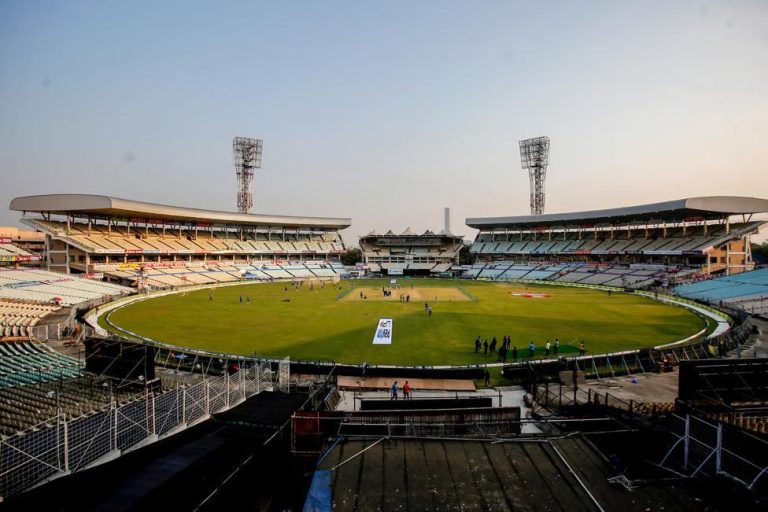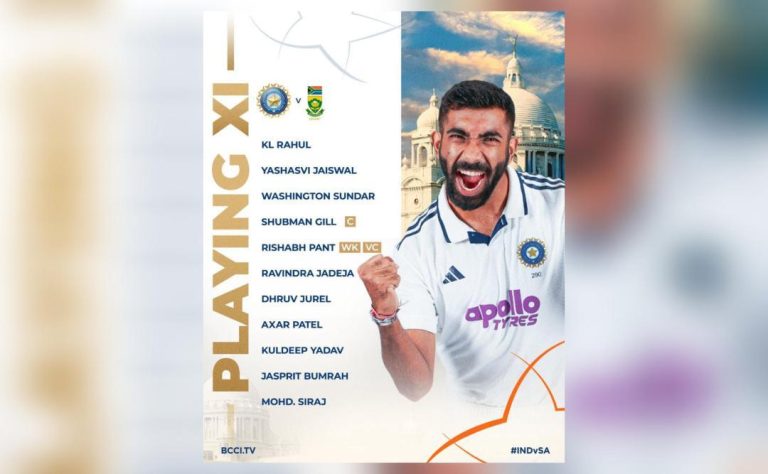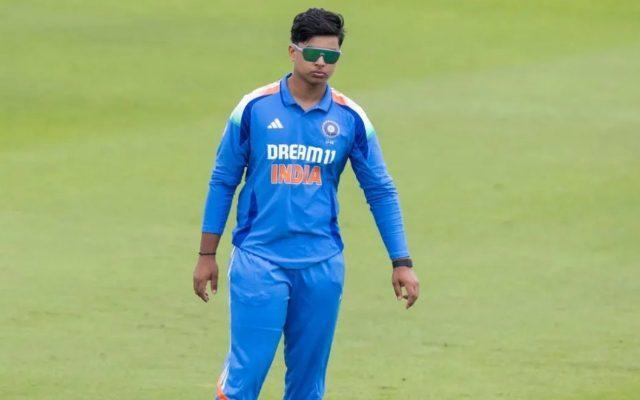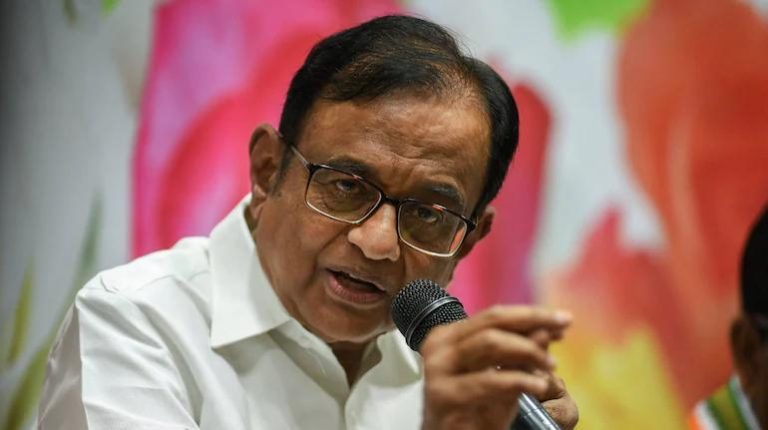
Ravindra Jadeja Compares Captaincy in T20 & Test Format
In a recent conversation with R Ashwin, Indian cricketer Ravindra Jadeja opened up about the differences he has experienced while leading the team in Test and T20I formats. As a seasoned all-rounder, Jadeja has had the opportunity to don the captain’s hat in both formats, and he shared his insights on what sets them apart.
For Jadeja, leading the team in Test cricket is a more calculated and simple process than in T20Is. “In Test cricket, you have to change two-three fielders as per the need of the bowler,” he said. “Captaincy in Test cricket is different. It’s simple, but calculative. It’s not complicated like IPL or T20Is.” This emphasis on strategy and planning is what sets Test cricket apart from the more frenetic pace of T20Is.
In contrast, Jadeja believes that every ball in T20I cricket is an event. “In T20s, every ball is an event,” he stated. This fast-paced nature of the game requires a different kind of thinking and decision-making, as captains need to be able to adapt quickly to changing circumstances.
One of the biggest challenges Jadeja faces as a captain in T20Is is the need to be more aggressive and proactive. “In T20, you need to be more aggressive and take more risks,” he said. “You can’t wait for the opposition to make mistakes, you need to create opportunities yourself.” This requires a high level of intuition and tactical awareness, as captains need to be able to read the game and make quick decisions.
In Test cricket, on the other hand, Jadeja believes that captains need to be more patient and allow their bowlers to do their job. “In Test cricket, you need to give your bowlers more freedom to operate,” he said. “You can’t keep changing bowlers every over, you need to give them a longer spell and let them take wickets.” This approach requires a great deal of trust and confidence in one’s bowlers, as well as a deep understanding of the game and its rhythms.
Another key difference Jadeja highlighted was the role of the coach in each format. “In Test cricket, the coach plays a bigger role in terms of strategy and planning,” he said. “In T20, the coach is more of a facilitator, providing guidance and support rather than dictating terms.” This reflects the more collaborative nature of Test cricket, where captains and coaches work together to develop a comprehensive plan and execute it over a longer period.
Jadeja’s comments offer valuable insights into the challenges and opportunities that arise when leading a team in different formats. Whether it’s the strategic complexity of Test cricket or the frenetic pace of T20Is, captains need to be able to adapt and evolve to succeed. As Jadeja himself has demonstrated, leading a team in both formats requires a unique set of skills and qualities, and his experiences offer a valuable perspective on what it takes to be a successful captain in today’s game.
Source:






